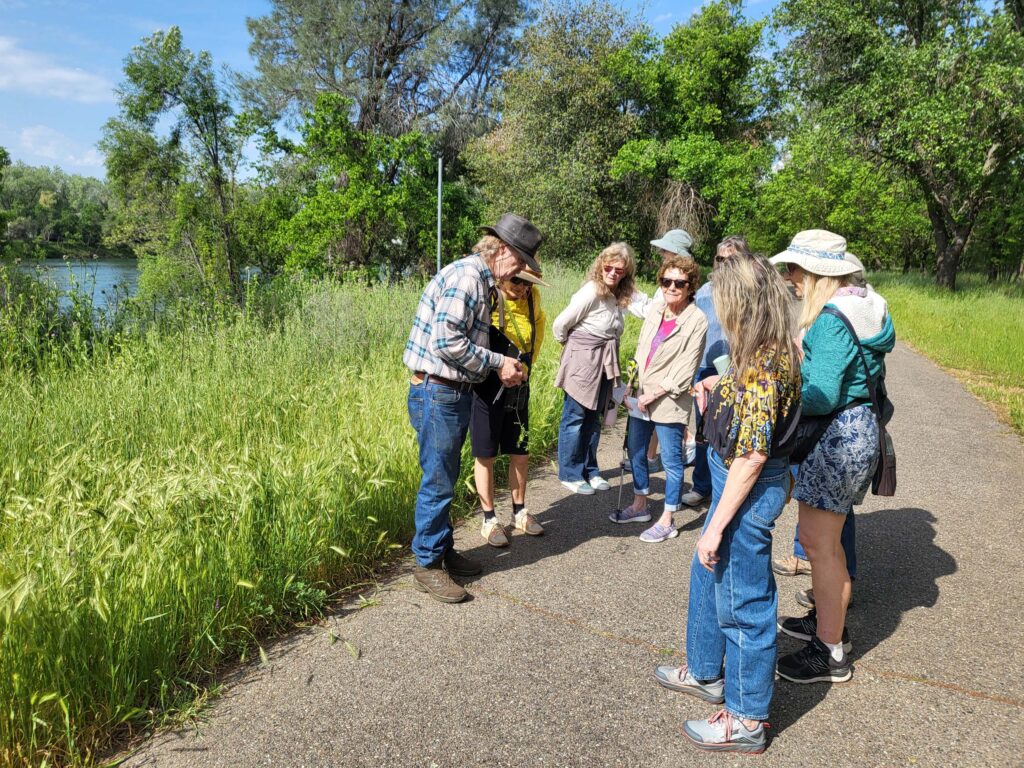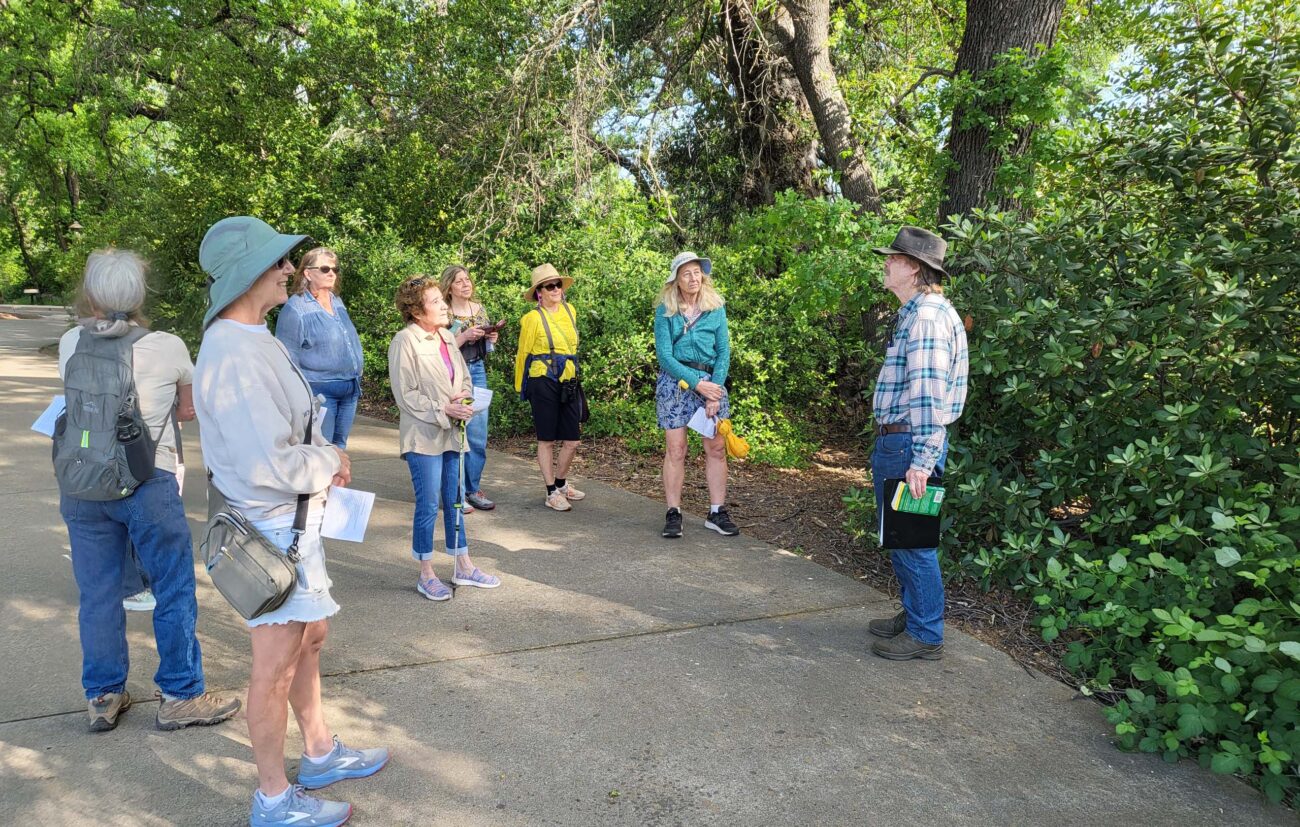
This weekday field trip along the Sacramento River Trail near the Redding Arboretum brought out 12 people to learn some of the many plants on the trail. Each participant was given a plant list of over 100 species that occur along the trail.
We started out under a huge oak tree at Turtle Bay parking lot and identified many native plants on the short jaunt to the Sundial Bridge. Walk leader David Ledger identified white alder, California bay, interior live oak, cottonwood, snowberry, and a blooming black locust.
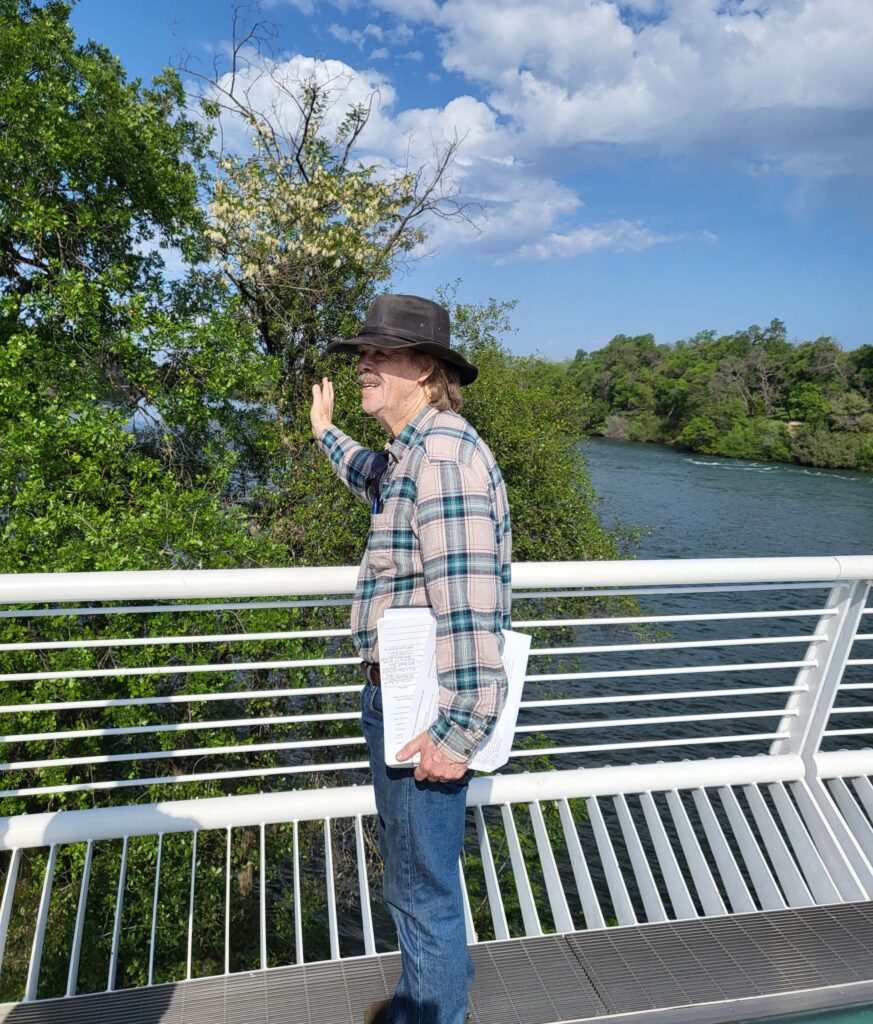
Photo taken April 23, 2024, © Doug Mandel.
Across the bridge, we saw pipevine in fruit, Oregon ash, arroyo willow, blue elderberry, false indigo, soap plant, coffeeberry, blue oak, white-leaved manzanita, and common manzanita. We also saw skunkbrush, a close relative of poison-oak.

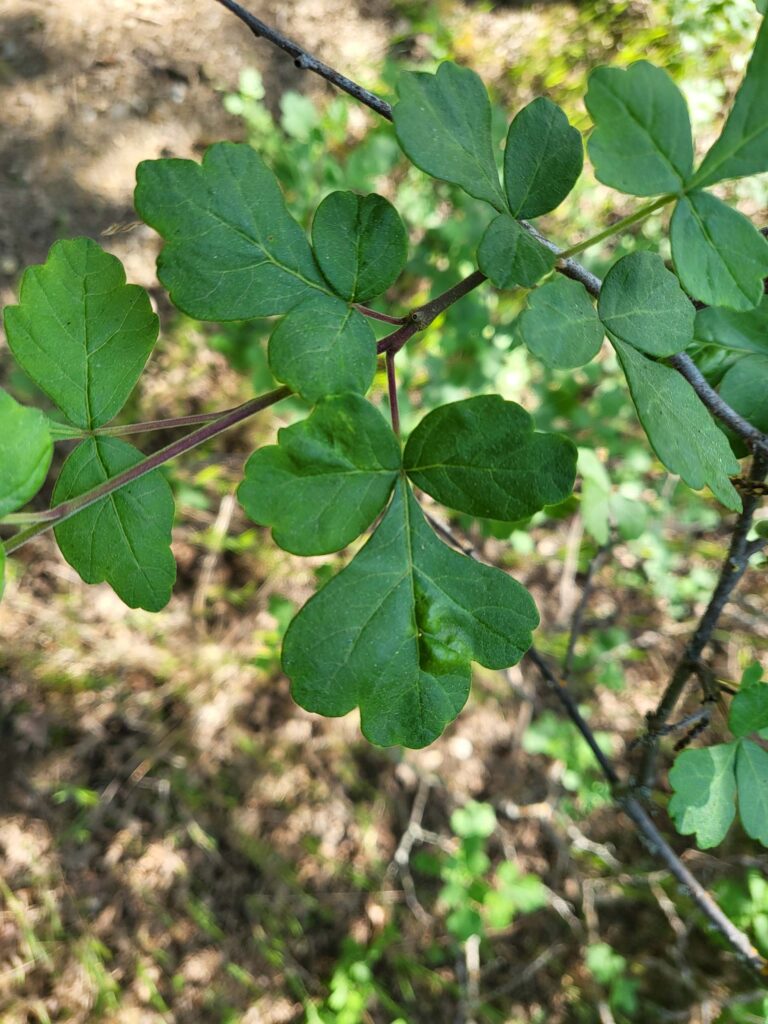
We also found a terrible invasive: oblong spurge, a poisonous plant that can cause temporary blindness if the latex sap were to get in your eye. This invasive plant is fairly new to Shasta County, but is spreading rapidly. We saw two large patches of well over 100 plants, each.
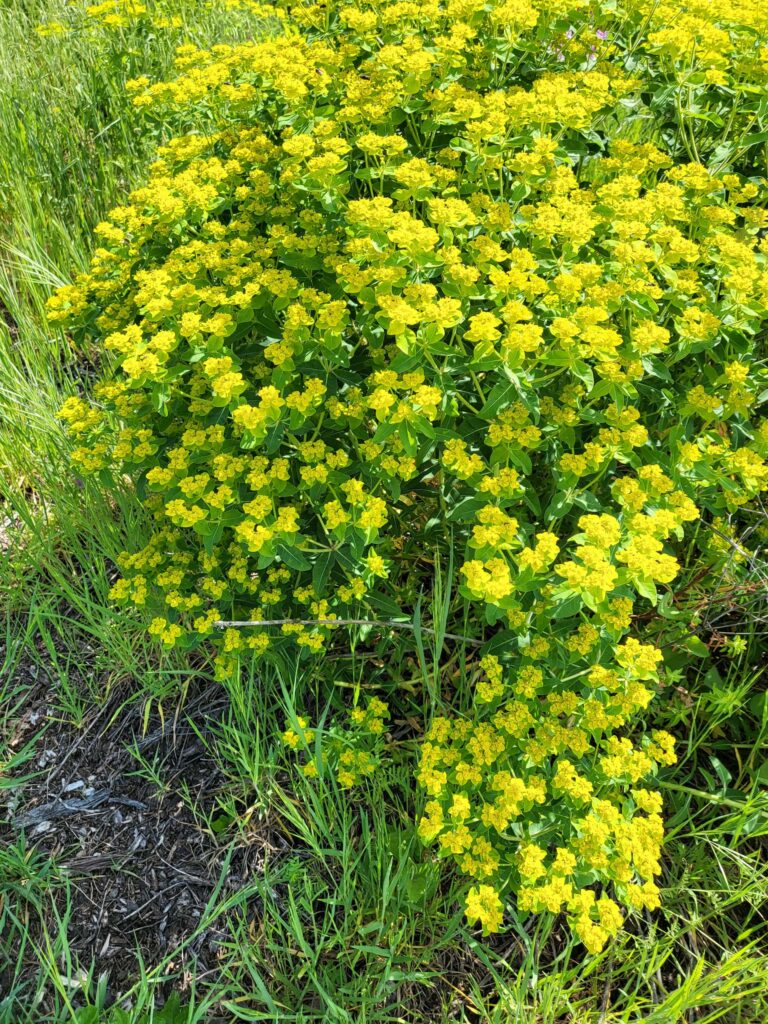
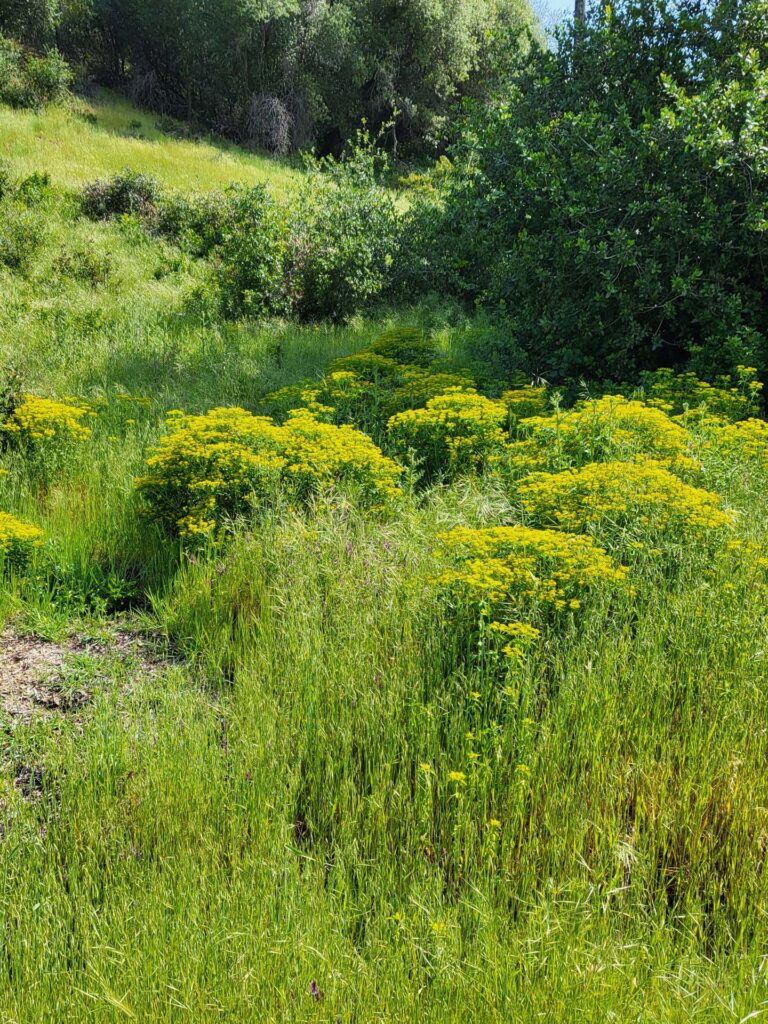
More pleasant plants included valley sky lupine, fiddleneck, yerba santa, gumplant, and many beautiful purple round-toothed ookow. For a few, this walk was an introduction to native plants, while others already knew many of the plants we saw on this easy two-mile walk. ~David Ledger
